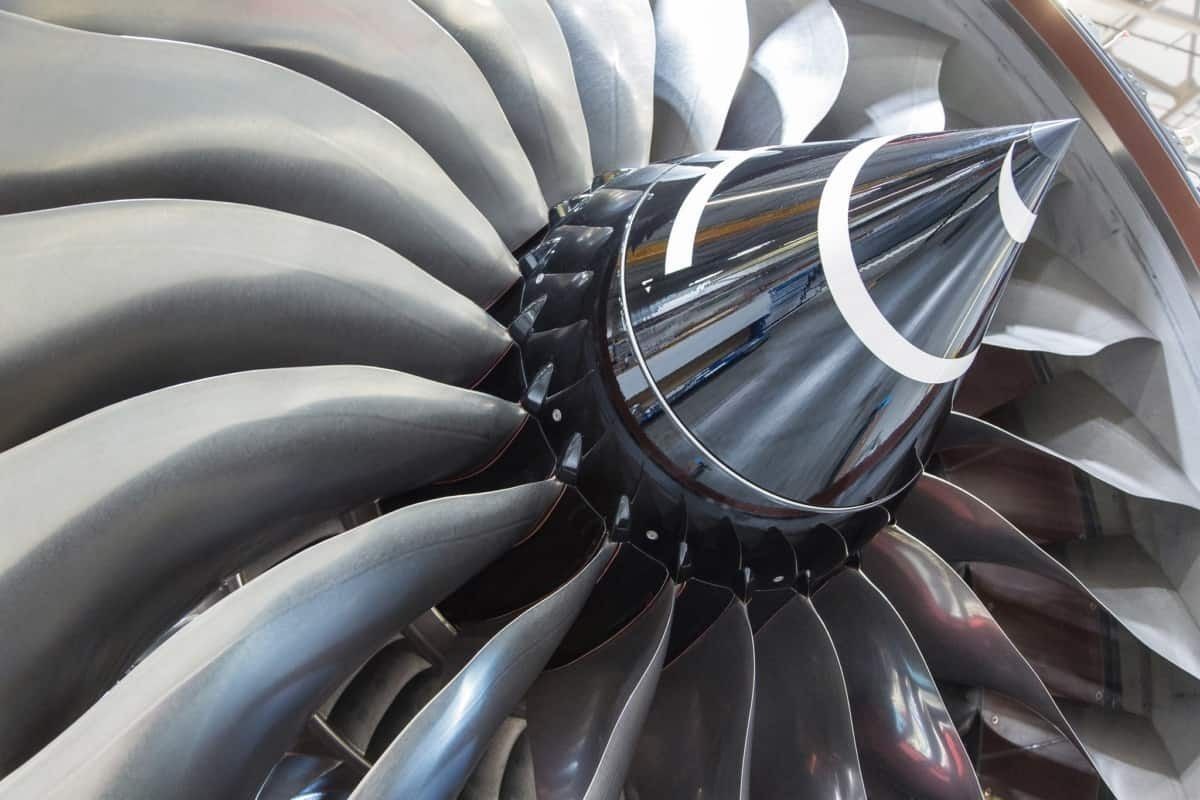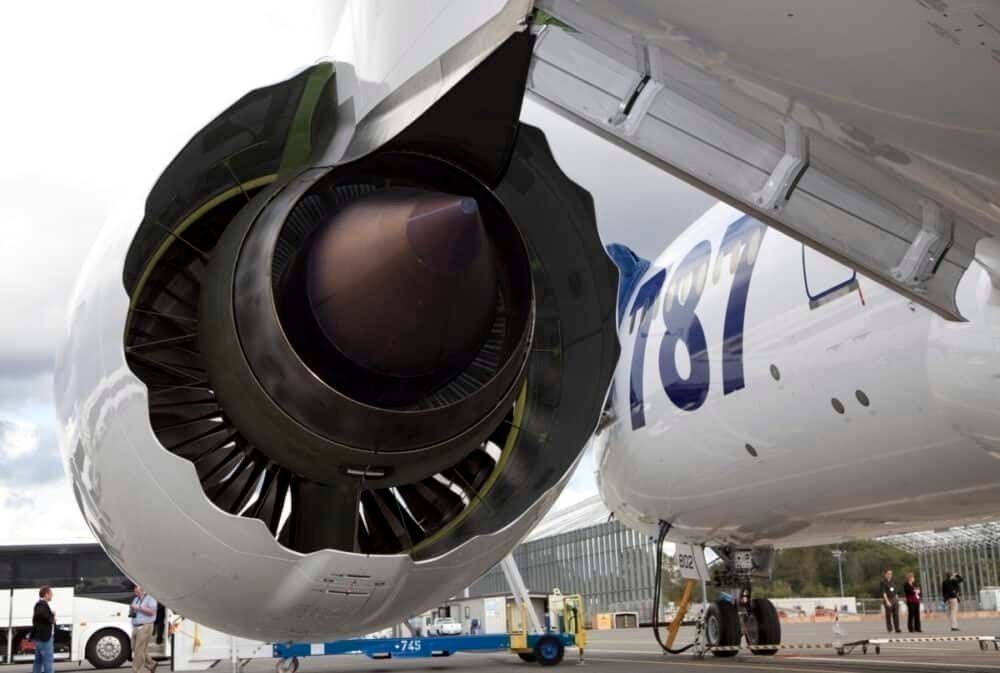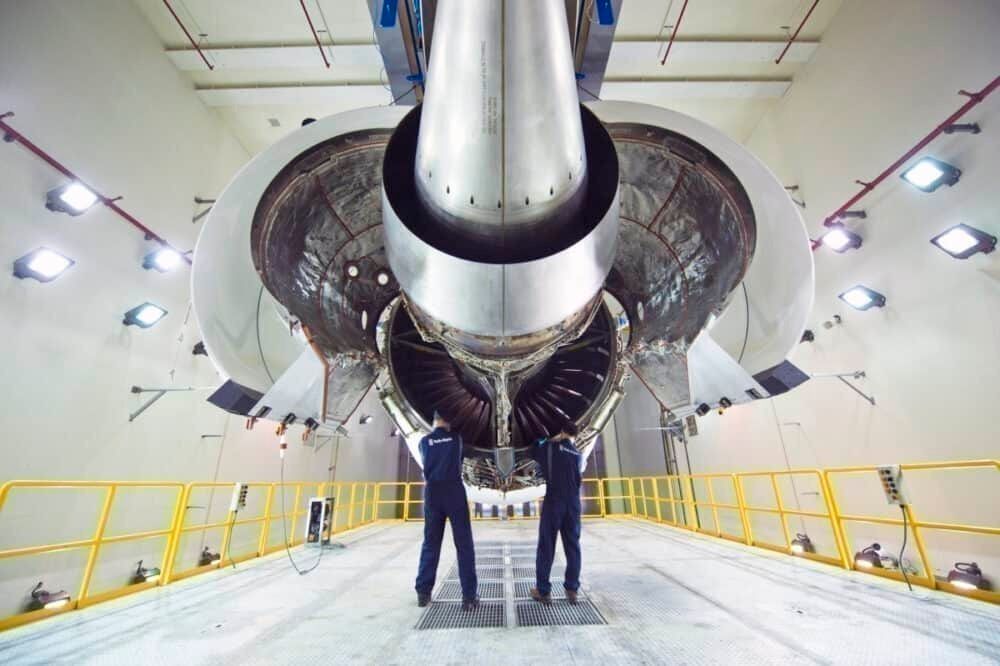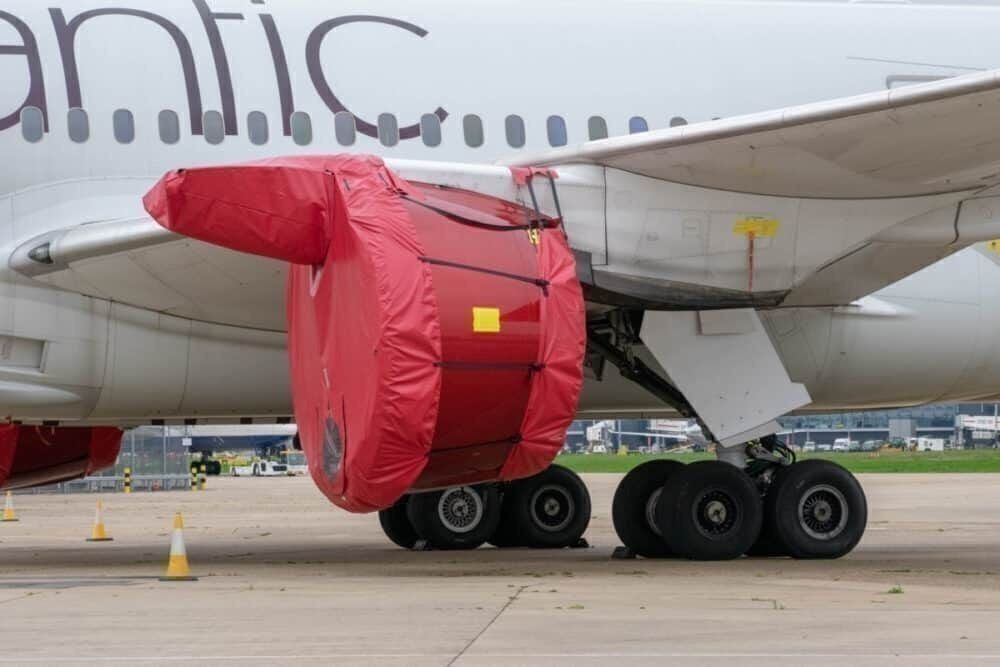As UK engine maker Rolls-Royce pushes towards rectifying old issues with the Trent 1000, another issue has arisen. Rubbing wear, which could lead to cracks of the low-pressure turbine discs, has led to a proposed airworthiness directive (AD) from EASA. It’s a headache Rolls-Royce doesn’t need right now, but one which shouldn’t have any significant impact on operators of the Dreamliner.
A proposed AD from EASA
Just when Rolls-Royce had almost shaken off the curse of the Trent 1000, another problem has reared its ugly head. Issues with the low-pressure turbine discs of some models could mean additonal inspections will be required by operators.
The Airworthiness Directive (AD), proposed by EASA yesterday, relates to the Trent 1000 variants A,C,D,E,G,H,J,K and L, and all serial numbers. These are, of course, the engines that power the Boeing 787 Dreamliner, and have been fraught with problems over the past couple of years.
Stay informed: Sign up for our daily aviation news digest.
The AD is currently under consultation until August 3rd, after which time the required actions will be mandated for airlines. The issue is unrelated to previous problems with the engine type and will not lead to mass aircraft groundings or any other serious reactions.
Rolls-Royce told Simple Flying,
“We are revising our inspection regime regarding the Trent 1000 Package C low pressure turbine. Inspections of disc seal fins will be incorporated into the existing in-shop maintenance regime and we do not anticipate it will cause any significant operator engine maintenance burden. We are developing a design solution which will remove the need to inspect these parts.”
What’s the problem with the Dreamliner engine?
Following assessment of some of the engines in service, mechanics have found that a rubbing contact between the discs and interstage static seals could lead to cracks in the front seal fins. This could then cause additional damage, and could lead to cracks in the disc. In the proposed AD, EASA said,
Analysis of certain LP turbine discs in service has determined that, due to rubbing contact with interstage static seals, cracks may initiate in the front seal fins which could lead to cracks in the disc of the affected parts, as defined in this AD.
This condition, if not detected and corrected, could lead to crack propagation, possibly resulting in LP turbine disc failure and high-energy debris release, with consequent damage to, and reduced control of, the aeroplane.
In order to rectify this issue, EASA wishes to mandate a one-time, ultra-high sensitivity fluorescent penetrant inspection of the seal fins. If any cracking is evident during the inspection, the parts will need to be replaced.
The inspection and modification are able to be made during routine shop visits and rectifying the problem will have minimal impact on Dreamliner operators.
Rolls-Royce still confident on a resolution
The Trent 1000 has caused some significant problems for the British engine manufacturer. Turbine blades have needed to be redesigned and replaced due to premature wear. At its peak, the issue saw 44 aircraft on the ground awaiting remedial work.
As time has gone on, the manufacturer has toiled nonstop to get these engines replaced. In May, it said it had secured enough overhauled and spare engines to get the aircraft on ground (AOG) figure down to single digits by the end of the second quarter.
Rolls-Royce remains confident that this target is still achievable. Despite the disruption of COVID and the furloughing of thousands of its workforce, the manufacturer believes that this new AD shouldn’t have any impact on the timeline.




